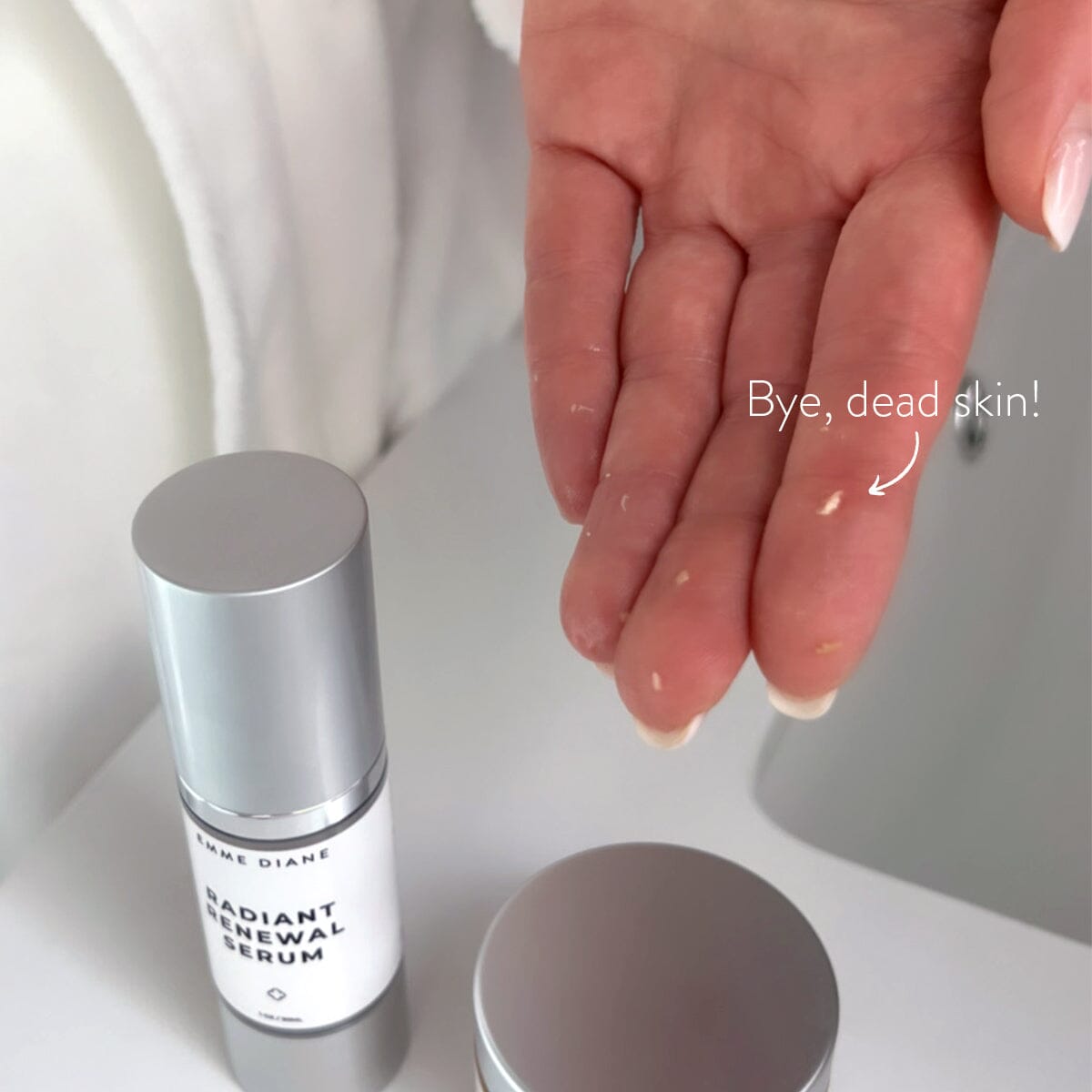Acne & Cooking Oils
by Emily Linehan on January 31, 2022
*Updated June 27, 2022
High in hydrogenated fats, vegetable oils are one of the biggest offenders when it comes to triggering acne. Oils such as canola, grapeseed, soybean, sunflower, safflower, peanut, and palm are rich in omega-6 fats. Too much omega-6 can lead to an inflammatory state, which in turn exacerbates acne and accelerates the aging process.
Although omega-6 fatty acids are not inherently bad, the key is to balance them with the right amount of omega-3s, which is a 1:1 ratio. Unfortunately vegetable oils are found in just about everything, which has led to the standard American diet having 15-16 times more omega-6 than needed.
To combat this, it’s best to avoid inflammatory oils whenever possible and supplement with a high quality omega-3 fish oil. Fortunately, there are many acne-safe alternatives that are easy to find!
Eliminate
- Vegetable Oil
- Corn Oil
- Peanut Oil
- Canola Oil
- Grapeseed Oil
- Soybean Oil
- Sunflower Oil
- Safflower Oil
- Peanut Oil
- Palm Oil
Replace with:
*Note! The following are great to cook with, but do NOT use them on your skin, body, or hair as they are huge topical acne triggers!
- Olive Oil
- Coconut Oil
- Avocado Oil
- Macadamia Nut Oil
In addition, be sure to check labels carefully and avoid processed foods that contain vegetable oils. These typically include fried foods, salad dressings, margarine, etc.


